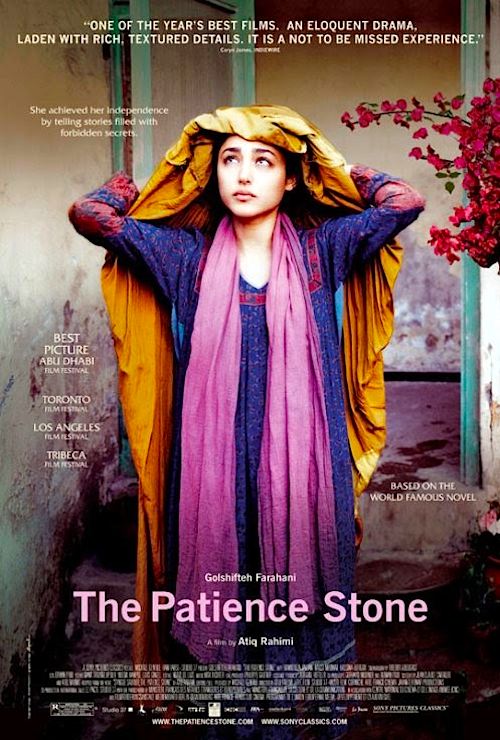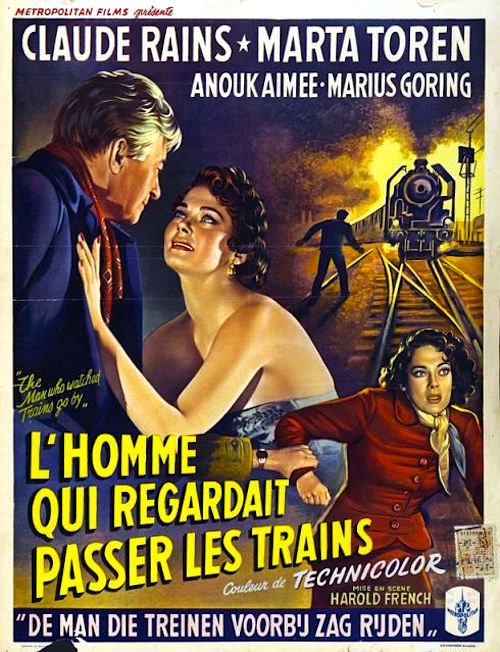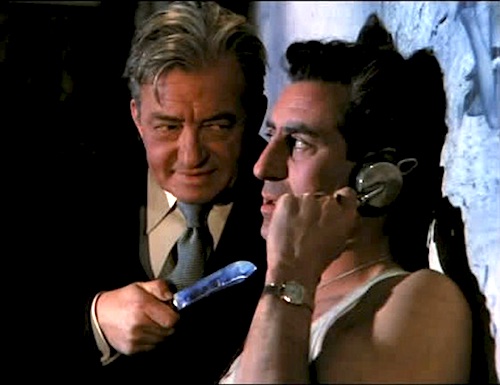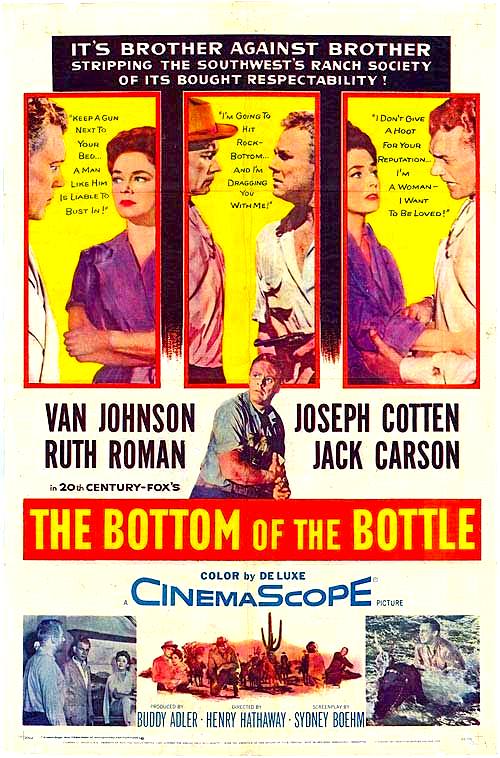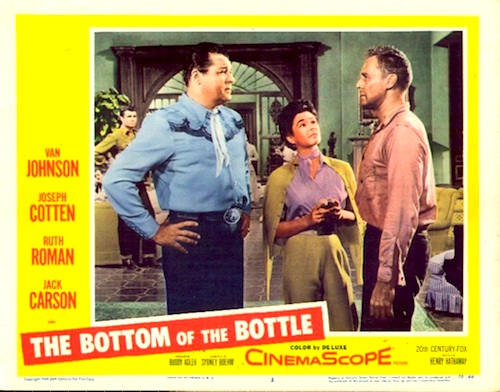By Joe Bendel. There are bureaucrats at the Interior Department who will have nightmares after watching this film. The rest of us should sleep pretty soundly. Four college-aged knuckleheads will indeed follow through on their wildly ill-conceived subterranean Halloween plans in Jeff Chamberlain’s Abandoned Mine, which had special one night only screenings in fourteen select cities and also kicked off a week long Hollywood engagement set for this week.
Brad is a former high school quarterback who never left his sleepy home town. His ex-girl friend Sharon temporarily left for college, but now she is back. While she was gone, he took up with her best friend, Laurie—and why not? Laurie is the one that is afraid of spiders, while Sharon is the one played by Alexa Vega from Spy Kids. Aside from that, they are pretty much interchangeable.

Brad has the really clever idea to get the old gang together and party Halloween night away in the old Jarvis Mine. Of course, he plans to punk his friends and videotape the results. The mine’s notorious history should have them primed for his pranks. Old man Jarvis and his two young daughters were murdered there by his own miners, doing the bidding of his partners in San Francisco. Considering everyone knows what happened, it clearly was not a well executed crime. Nonetheless, they say the spirits are restless in the Jarvis Mine.
Without question, the creepiest part of Abandoned are the eerie old photos of evil looking miners seen during the opening sequence. They set quite an evocative tone. Unfortunately, it is impossible to care about the dull, clueless characters, who really ought to know better – particularly our protagonist, Brad, who deserves a swift back-handed slapping. Only Charan Prabhakar projects any sense of an individual personality as Ethan, the first generation Indian honors student tagging along.
Mercifully, Abandoned is not a found footage film, per se. Chamberlain only occasional shows the audience flashes of their surviving video in befuddling snippets. To his credit, he also largely avoids the graphic gore, gratuitous nudity, and explicit language often found in horror films. Perhaps the audience is supposed to provide it instead.
Regardless, it is impossible to get around how jaw-droppingly stupid Brad’s plan is. Kids, you should never play around in deserted mines, even in broad daylight. It is especially foolish to do so during Halloween night, when emergency services are always stretched thin. Just sort of generic, Abandoned Mine will underwhelm genre fans. For diehard Vega fans, it screens for a week (8/15-8/22) at the Arena Cinema in Hollywood, U.S.A.
LFM GRADE: D+
Posted on August 19th, 2013 at 5:55pm.



